I bought a 12volt, 80 watt aftermarket fan for a car. What I'm making is a portable swamp cooler for my tent when I move to AZ this summer. I plan to charge a 30 amp, deep discharge trolling motor by both a 400 watt power inverter in my car, as well as off a 24" square solar panel when the car is stationary. I needed the 12" size fan but I doubt I need the full 80 watts of power. I want the fan to run slower than it was built to run so it's not loud in order to allow me to sleep, and the 14" square wood-chip mat which water trickles down does not need a high volume fan to cool my tent efficiently.
What electronics are required to make this fan adjustable until I figure out just the right speed for coolness and decibels? Won't slowing down the fan also allow me to use less battery power every night? A rheostat may be easy to dial in, but I see that they are costly for a 80 watt load. Am I wrong in this regard?
I don't mind spending $20-$30 for the electronics, more if necessary for longevity since I plan to use this swamp cooler every night for the next 6 months. What gauge wire should I use and should it be stranded? I plan to hook it up directly to the deep discharge battery every time I use it. Thank you for your insight and help. Keith A.

